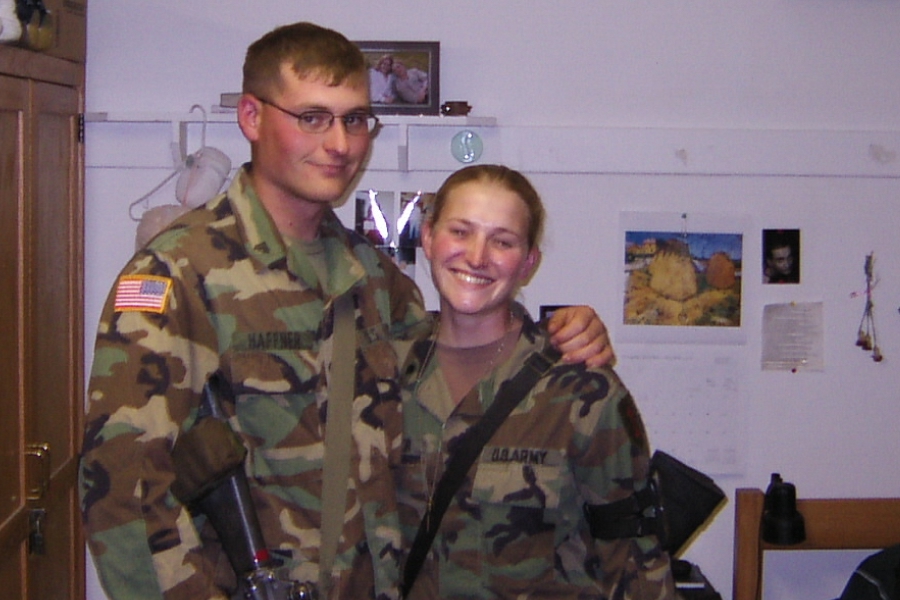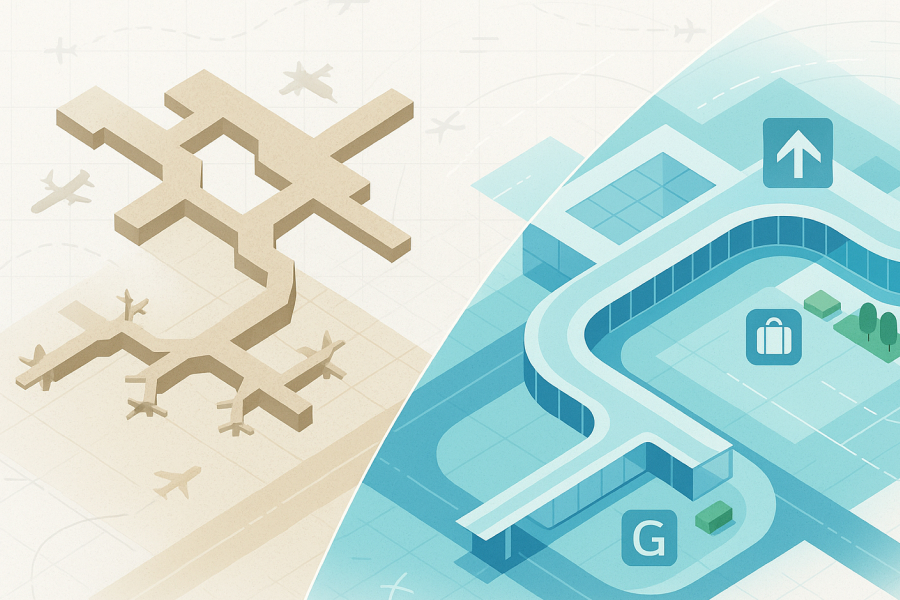Erin Khan’s experience adjusting to remote work life in light of COVID-19 has probably been a bit different than yours.
That’s because, when she’s able to work in Suffolk’s L.A. office, Khan oversees a technology stack comparable to the White House Situation Room.
As the company’s construction solutions director, Khan spends most of her in-office days operating and facilitating colleagues’ use of one of Suffolk’s state-of-the-art CoLabs. At the center of this 530-square-foot space is a nine-screen, touch-enabled Data Wall.
Going from this to a laptop on a kitchen table would be quite a change.
But that wouldn’t even be factoring in the CoLab’s adjacent wall-sized jobsite feed monitor, or the nearby “Huddlewall,” where Khan and colleagues use advanced projection technology to plan, model and scheme different elements of a construction project.
Another CoLab-included space that Khan doesn’t have in her home office is a virtual reality studio, fit with a floor-to-ceiling projection of mock ecosystems so her and her team can experience jobsite logistics in a life-like environment.
So, when Khan made the switch to remote work in mid-March due to COVID-19, she went from having cutting-edge technology at her fingertips to working out of her trombonist husband’s home music studio.
Instead of a Data Wall and a virtual reality studio, Khan’s home office features a typical desk, computer monitor and webcam—but also four or five trombones and a keyboard.
Still, though her environment and physical tools have changed, Khan said her and her team’s capabilities haven’t—because all of the CoLab technology can be accessed and used remotely.
As part of Bluebeam’s ongoing remote work video series, the Bluebeam Blog interviewed Khan to get more insight on her adjustment working from home and how her work has changed as a result.
Here are excerpts from the above video.
[00:14] How has your team adapted to remote work?
“It’s been interesting, because there has and hasn’t been a fair among of adaptation. In terms of speaking just about the CoLab team, we already were a fully remote team, because we’re in all different regional offices. For us, just focusing on our group and our department, it’s really just meant a couple more frequent check-in calls. But besides that, day-to-day it’s more or less the same types of virtual teamwork that we were typically doing all the time.”
[01:50] What was it like going from the CoLab to a home office?
“In terms of the CoLab—it’s kind of funny, I’m surrounded by instruments now instead of tech—what’s really nice about the CoLab and the tech that we have is that the strength of the space is that it can all be accessed remote, anyway. So, for instance, the jobsite feeds—anybody has access to those to take a look at what’s happening day-to-day on the site. We have those capabilities still. With the Data Wall, all of those dashboards are all still available on the web and everybody is still tracking real-time information.”
[03:14] Have you noticed you and your team are using Bluebeam Revu differently with remote work?
“Yeah—I see a spike in the use of Studio, of course, because that really leverages the collaboration piece with the field and be able to login and see something in real-time on your plan sheets is just really powerful. What’s also interesting is that the overall adoption of digital tools and Bluebeam especially has increased. One of our controllers doing some home-renovation projects said, ‘Hey—why don’t I learn about this Bluebeam tool. I’m trying to draw up some plans.’ They were trying to sketch it out a different way and it wasn’t coming out so well, so they took the time to learn Bluebeam and create a really nice document with layers that show there whole plan for the development project that they were working on.”
[4:53] Now that you’ve had a chance to work from home on a more-sustainable basis, is this something you’d want to do more, or are you eager to get in an office environment?
“I like the flexibility and being able to control my schedule a little bit more, but I miss the jobsites, I miss being there in-person to support the teams, I miss hearing people directly on their thoughts on things. Yes, I do want to get back, I do want to get out there and get back to a point where we can interact with each other—that would be fantastic. But there’s also a lot to be considered with this new normal of remote work. I think that we’re finding that it’s quite possible to still be productive with all the digital capabilities that we have in the world today.”










